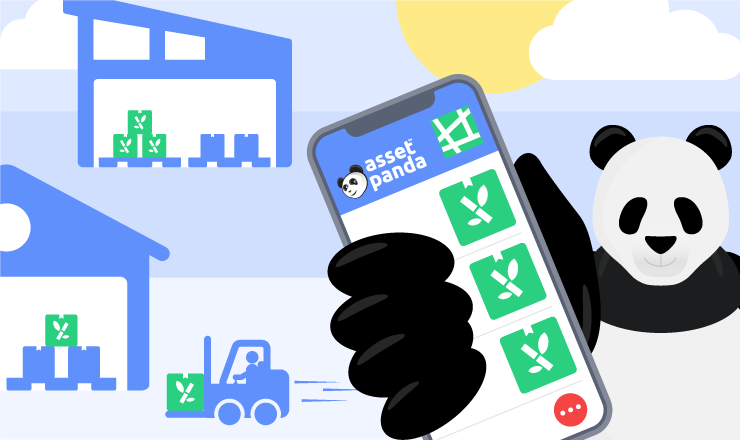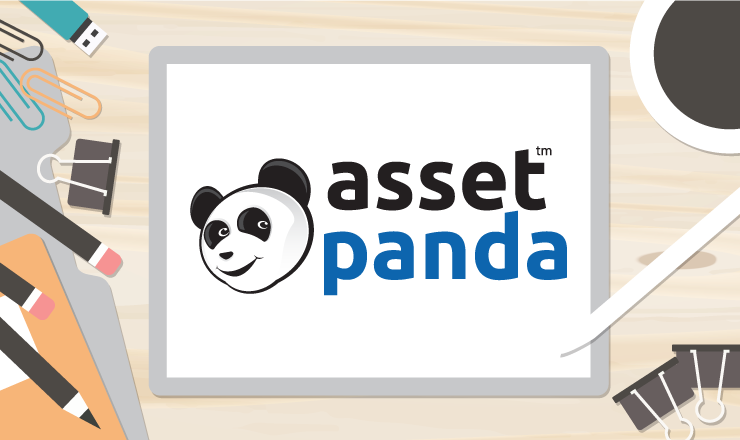The Difference Between Wholesaler and Distributor

Take Control of Your Assets
A personalized demo is just one click away.
A company's supply chain relies on wholesalers, distributors, or a combination of the two. However, there is often confusion as to what these two entities do. In order to understand the subtle differences between the two and what they offer to various businesses, here’s some insight into both industries to learn what your wholesaler and distributor are doing for your company.
The Supply Chain
Before we dig into the difference between wholesaler and distributor, it may be helpful to look at what a supply chain is.
A supply chain is an entire network of entities, directly or indirectly interlinked and interdependent in serving the same consumer or customer. It's comprised of:
- Vendors that supply raw material, producers who convert the material into products, warehouses that store,
- Distribution centers that deliver to the retailers, and
- Retailers who bring the product to the ultimate user
Or to put it more simply, a supply chain is a system of organizations, people, activities, information, and resources involved in moving a product or service from supplier to customer.
There is actually a bit of a hierarchy, or order, to the entire supply chain, and that’s where distributors and wholesalers come in:
Manufacturers –> Distributors –> Wholesalers –> Retailers –> Consumers
What is a Distributor?
In the supply chain, the distributors are the ones in contact with the manufacturers. The role of the distributor is that of an intermediary entity between the producer of a product and another entity in the distribution channel or supply chain, such as a retailer, a value-added reseller.
Distributors play a vital part in keeping the lines between manufacturers and users operating smoothly. They can expedite response times, enhance a company's reach and even create value-added packages. Distribution businesses can buy from manufacturers and sell to retailers, or directly to consumers and/or businesses. Distributors also can provide logistical and storage support for manufacturers.
In our fast-paced, demand-driven business world, it is crucial that businesses are able to respond to customers quickly and in real time. If a customer can't find what they need with one source, they will quickly look for a replacement or some other company who can provide what they need. Because they are more localized, distributors can typically offer a faster response to meet customers' needs. Distributors do not only offer benefits to manufacturers-they can also be a boon for users. Because distributors represent multiple products and companies, they can bundle them together. As a result, the buying process is streamlined, and costs can decrease.
Distributors also have the benefit of reducing inventory and service burdens for both the manufacturer and the user. They provide aftermarket services, cost reduction and process optimization strategies, as well as inventory management. Distributors create value by providing total solutions for their customers.
What Does Wholesale Mean?
The wholesale trade sector comprises establishments engaged in wholesaling merchandise, generally without transformation, and rendering services incidental to the sale of merchandise. To put it into easier to understand language, a wholesaler sells their product in bulk quantities to retailers, allowing the retailer to take advantage of a lower price than if they were to buy single items. The wholesaler will typically buy goods directly from the manufacturer but could also buy from a reseller. In either case, the wholesaler gets large discounts for buying large quantities of goods. The wholesaler is rarely involved in the actual manufacturing of a product, focusing instead on distribution.
Wholesale is buying on a large scale. The wholesaler can specialize in selling a wide range of different products to other businesses, governmental agencies, or hospitals. Then these institutions use those products for their own operations.
When companies buy products wholesale, it is important to track all these products for the success of your business. Thanks to today’s modern asset tracking products and the combined use of devices like mobile computers, barcode scanners, smartphones/tablets, and intuitive asset tracking software, companies have access to full-scale asset tracking solutions that bring increased productivity, simplicity, and most importantly, accountability to all stakeholders across the company.
Wholesaler vs. Distributor
Where the waters get murky is when people try to discern the difference between the wholesaler vs the distributor.
Let’s put it like this:
A distributor works closely with a manufacturer in order to sell more goods and gain better visibility on these goods. Distributors find wholesalers who will resale their products. A wholesaler works more closely with retailers to match their needs through buying products in bulk at a discount.
The distributor does perform some of the same functions as a wholesaler but generally takes a more active role. Distributors also take a more proactive approach in educating resellers about new products.
What really helps define the difference between the wholesaler and distributor is that the wholesalers’ primary goal is to satisfy the needs of the retailers. They are not responsible for having the products sold to the customers or whether the retailers would sell them all. They have the advantage of being able to adjust their products to whatever the retailers need. A wholesaler only fulfills orders from retailers and assumes no role other than satisfying retailer demands.
A distributor, on the other hand, in addition to executing passively received orders, acts as a sales representative for the producer. A distributor actively looks out for orders from various sources in the market, executes the orders and also manages returns. Whereas a distributor is actively involved in promoting a company’s products a wholesaler is not.
In order to track the variety of wholesalers and distributors a company uses, many of them have implemented a vendor management system that can help cut through the confusion of who is who and who does what by tracking and managing the onboarding of new vendors. Your company’s suppliers are critical to your success and in many cases are at the center of your organization’s processes and activities. That’s why it is so important to effectively manage your relationships with them.
To help aid with that, Asset Panda offers the ability to manage vendors in a system that keeps real-time data easily accessible from anywhere at any time, so you can work smarter. This tool enables users to:
- Manage approved and qualified vendors
- Manage onboard processing for new vendors
- Host reliable data regarding qualifications, locations, pricing, and vendor tiers (preferred, etc.)
- Easily identify qualified vendors for specific projects.
- Enable restricted access for vendors to submit their own bids within Asset Panda
- Manage communication with vendors, sending of bids, etc.
- Create contracts within the application and have vendors place bids
- Manage the procurement process, tracking market rates per vendor, etc.
This feature seamlessly integrates into Asset Panda for both new and existing users. It not only enhances the current solution but, more importantly, services areas of our customers’ business with a software platform that solves numerous business problems. Get a free demo and find out how Asset Panda can separate your business from the competition!
Take Control of Your Assets
A personalized demo is just one click away.
Related News & Press

Learn more from an Asset Panda expert
Get a FREE consultation with an asset tracking expert to find out how you can transform your asset tracking.
Contact our Sales Team at (888) 928-6112


